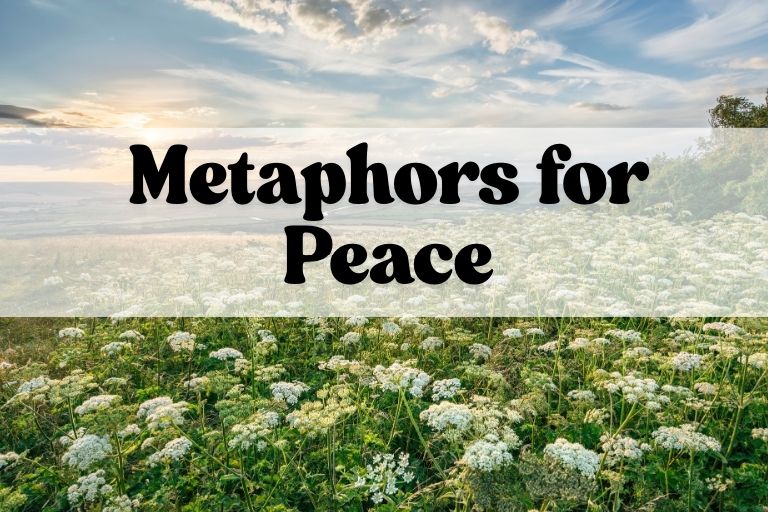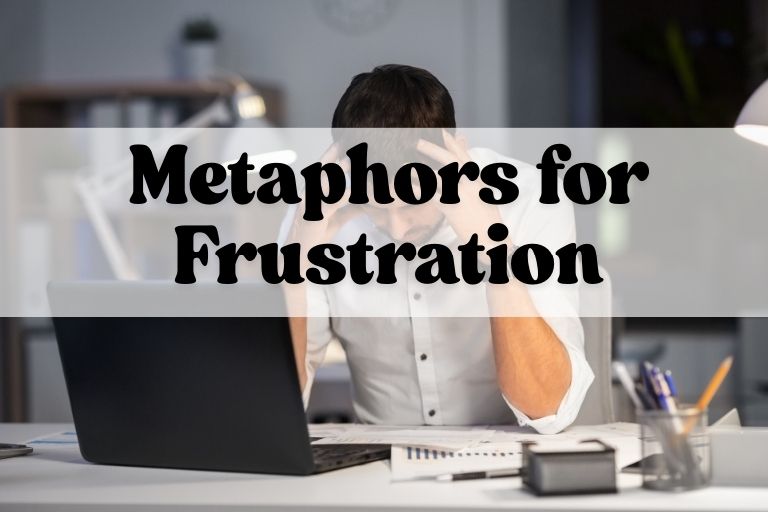Beyond ‘Like’: Mastering Similes for Vivid Descriptions
Similes are powerful tools in the English language, allowing us to create vivid and engaging descriptions by comparing two unlike things using words such as “like” or “as.” While “like” is a common and straightforward option, relying on it exclusively can make writing repetitive and less impactful. This article explores a variety of alternative simile … Read more










